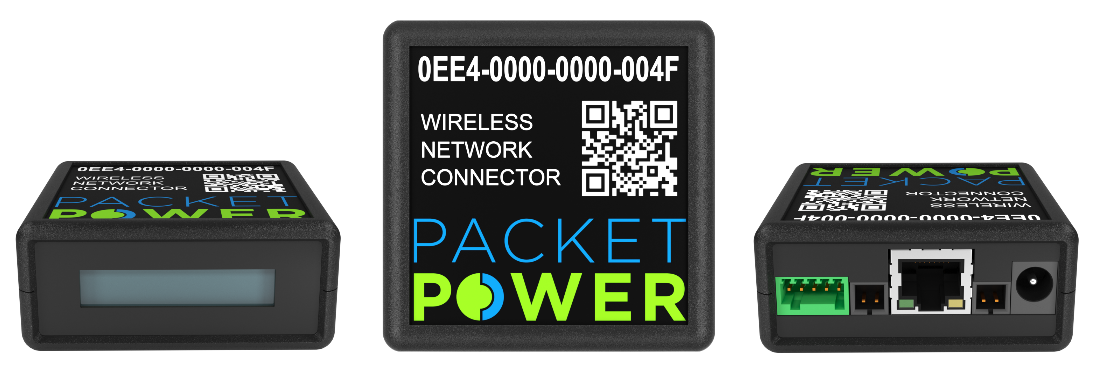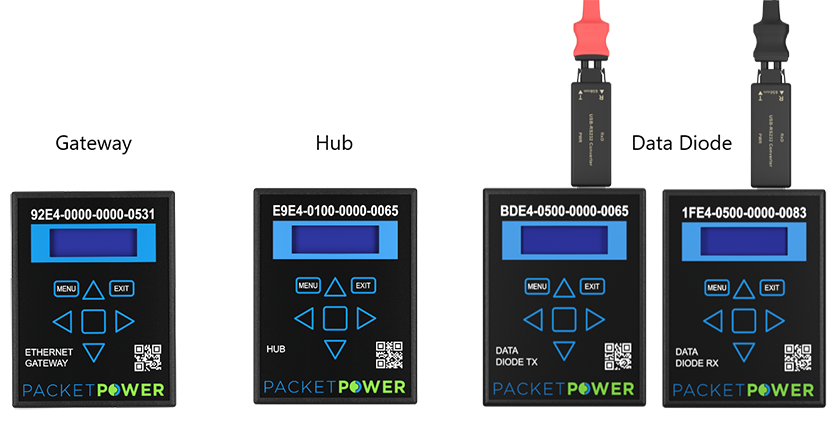Making the Case for Facility Monitoring
You know that your operations team can use energy usage data to help ensure your entire facility runs more smoothly. Monitoring can also save money...
2 min read
![]() Packet Power Team
:
Feb 1, 2022 8:00:00 AM
Packet Power Team
:
Feb 1, 2022 8:00:00 AM
![Installing Packet Power Environmental Monitors [VIDEO]](https://www.packetpower.com/hubfs/Blog/Packet%20Power_%20Environmental%20Monitor.jpg)
Monitoring the environmental conditions (temperature, humidity, and differential air pressure) anywhere is a breeze with Packet Power devices. They install easily, begin transmitting data wirelessly immediately without extra setup.
This video shows Packet Power's environmental monitors going from installation to online in minutes.
Note that monitors must be installed within 30 meters of either a Gateway or other AC-powered Packet Power device. To ensure the monitors transmit properly, they should not be installed in fully-encased metal enclosures.
Once the monitor is installed, be sure to record the 16-digit device ID and note the installation location so you can reference it for data tracking. A small green LED light will blink every 1 to 4 minutes to show the monitor is successfully transmitting data.
Lower costs: Save time and money during installation and ongoing maintenance.
Flexible: Monitor only where you need. The compact devices can be mounted in a variety of ways for any facility.
Scalable: Easily add monitors as your needs grow. The devices automatically join the wireless mesh network. No wires or network configuration is needed.
Open: Send monitoring data to any Building Management System (BMS) or Data Center Infrastructure Management (DCIM) system using standard protocols like EtherNet/IP, Modbus, MTConnect or SNMP. Data is also available via the EMX Energy Portal.
In this case study, a global colocation services provider installed Packet Power environmental monitors in 1/10th of the time and their reporting reliability improved by 20% in comparison to their old environmental monitoring system.
Packet Power offers a range of wireless environmental monitors supporting 1 to 12 temperature point per device. A variety of temperature probes and pre-bundled probe kits are available for easy installation.
Understanding humidity levels is just as important as tracking temperature. Every Packet Power environmental monitor has an internal humidity sensor. The American Society of Heating, Refrigerating, and Air Conditioning Engineers (ASHRAE) recommends for data centers and server rooms to have a:
Optional features include leak detection and tracking differential pressure. Gathering data on differential pressure zones and airflow allows you to:
If you have questions about installing a Packet Power monitor you can email support@packetpower.com , call (877) 560-8770 Ext. 2 or visit our support page.

You know that your operations team can use energy usage data to help ensure your entire facility runs more smoothly. Monitoring can also save money...

No more stranded smart power strips! Packet Power now provides an easy way to make supported metered devices not connected to a network work over...

Packet Power has moved to a new touchpad interface for our Version 4 Ethernet Gateway, Hub and Data Diode devices. While the touchpad replaces the...